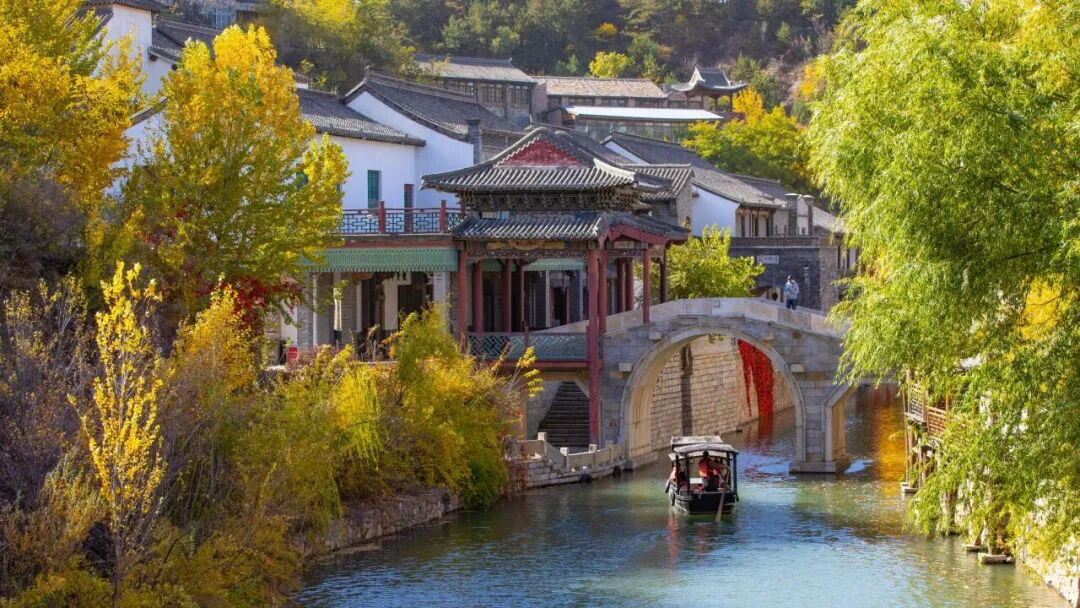
The Temple of the Sun is one of the five famous altars of cultural relics in Beijing, which was built in 1530 in the Ming Dynasty and was a place where the emperors of the Ming and Qing dynasties worshipped the sun god. The altar is facing west, surrounded by circular walls, with a star gate on all sides, a furnace and a pond outside the west gate; and a shrine, a divine kitchen, a pavilion for sacrifice animals, a bell tower, and a hall of clothing outside the north gate.

In the 1950s, the Temple of Ritan was turned into a park; in the early 1970s, under the personal care of Premier Zhou Enlai, a Prunus sargentii tree, symbolizing Sino-Japanese friendship, was planted. Around the 1980s, a number of scenic spots with unique styles were built, such as large-scale "Worship Murals", "Spring in the winding brook ", and "Southwest China Landscape Scenic Area".

A group of archaized buildings, restaurants and galleries in harmony with classical gardens have been built. In the northwest corner, there is the tomb and memorial room of the revolutionary pioneer Ma Jun. In 2001, it was listed as a patriotic education base in Beijing.

After 50 years of transformation and construction, Ritan Park has become a classical landscape garden with national characteristics, covering an area of 20.62 hectares, and was rated as the first batch of boutique parks in 2002 and a State Protected Historic Site in May 2006.

Lotus flowers in Ritan Park
When it comes to Ritan Park, one cannot ignore the lotus flowers here. Every summer, it is the most beautiful season for blooming. Lotus flowers are grown in the water scenic area southwest of the park. The small lake surface is already crowded with lotus flowers: some have just blossom, some have bloomed, and some have exposed lotus seedpods. For the water surface is not large, so the lotus flowers are trying to expand their living space; the shore of the pool, the edge of the pavilion on the water, are surrounded by lotus flowers, which makes tourists to enjoy the lotus closer, and it is suitable for looking everywhere.

The Tomb of Martyr Ma Jun
In the northwest corner of the park, there is the tomb of martyr Ma Jun and the memorial room, which was also listed as a patriotic education base in Beijing in 2001. Every year at the spring equinox, the park hosts the Chaoyang District Folk Culture Festival, and only then is it possible to enter the altar, and the altar is closed otherwise. At the same time, there are folk performances, Beijing intangible cultural heritage exhibitions, eating sun cakes, erecting eggs and other activities. Now the park is free for the public, and a place for leisure and fitness.





Address: No. 6 Ritan North Road, Chaoyangmenwai, Beijing



